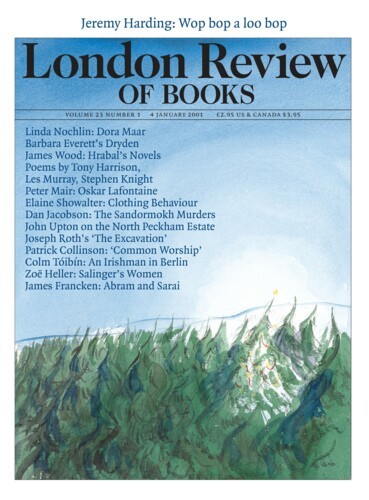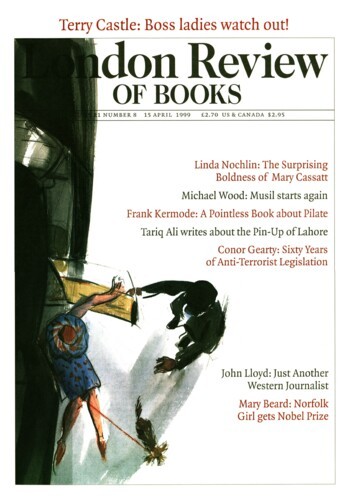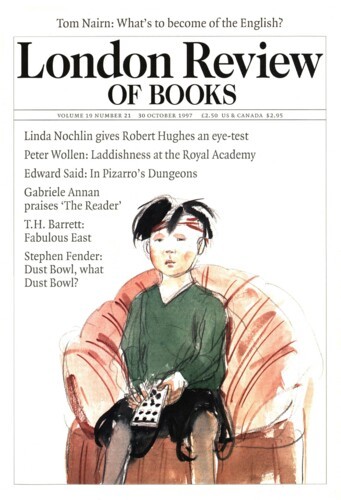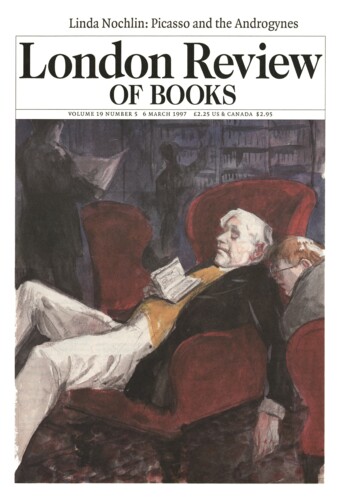Don’t you cut your lunch up when you’re ready to eat it? Louise Bourgeois
Linda Nochlin, 4 April 2002
Louise Bourgeois is one of the two pre-eminent sculptors working today; the other is Richard Serra, whose sculpture – single-minded, monolithic, public – offers the most striking contrast to hers in both form and content. Serra is Isaiah Berlin’s hedgehog exemplified in heavy metal: Louise Bourgeois is the fox, an artist of many devices, to borrow a Homeric epithet which...





